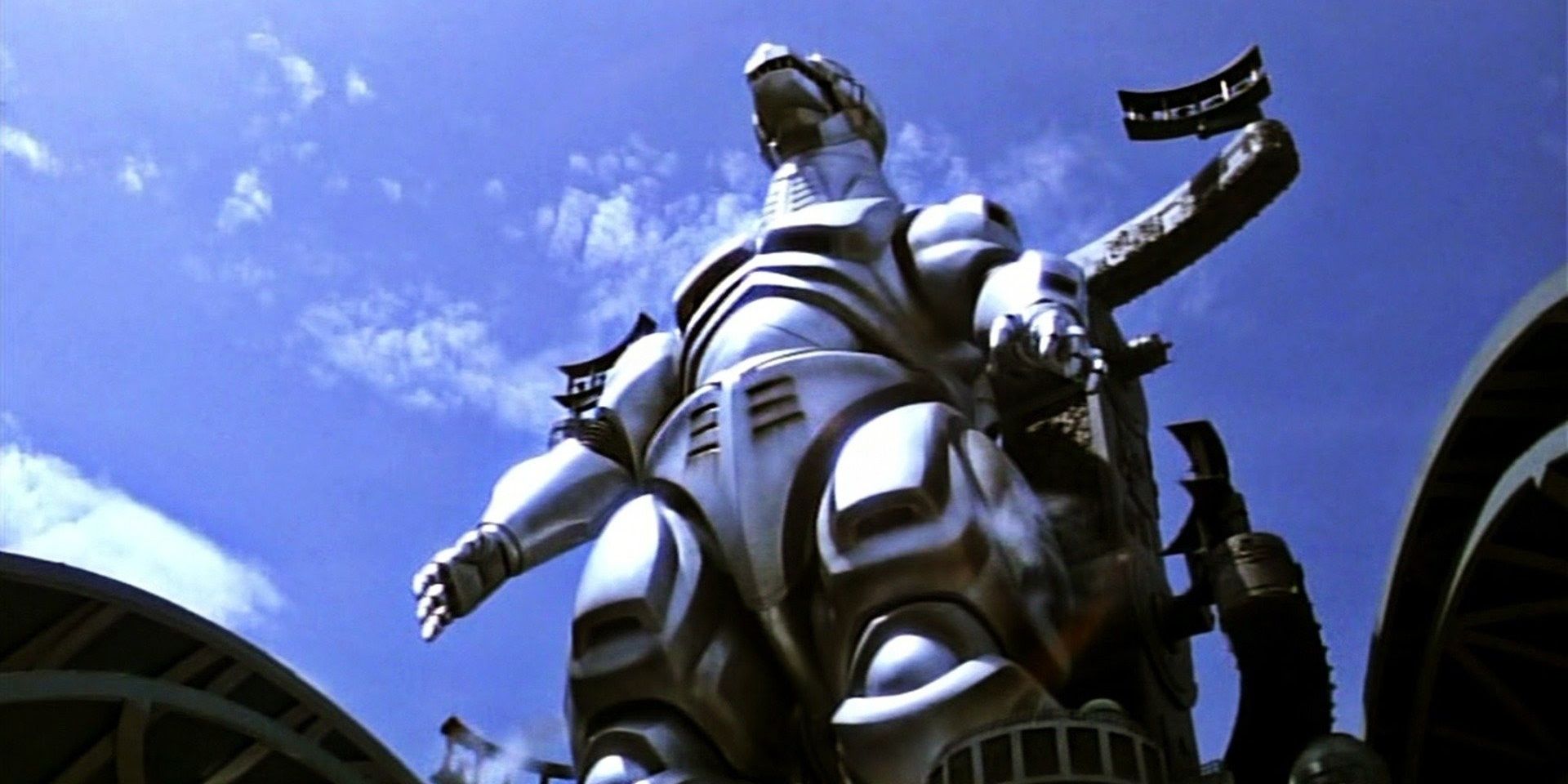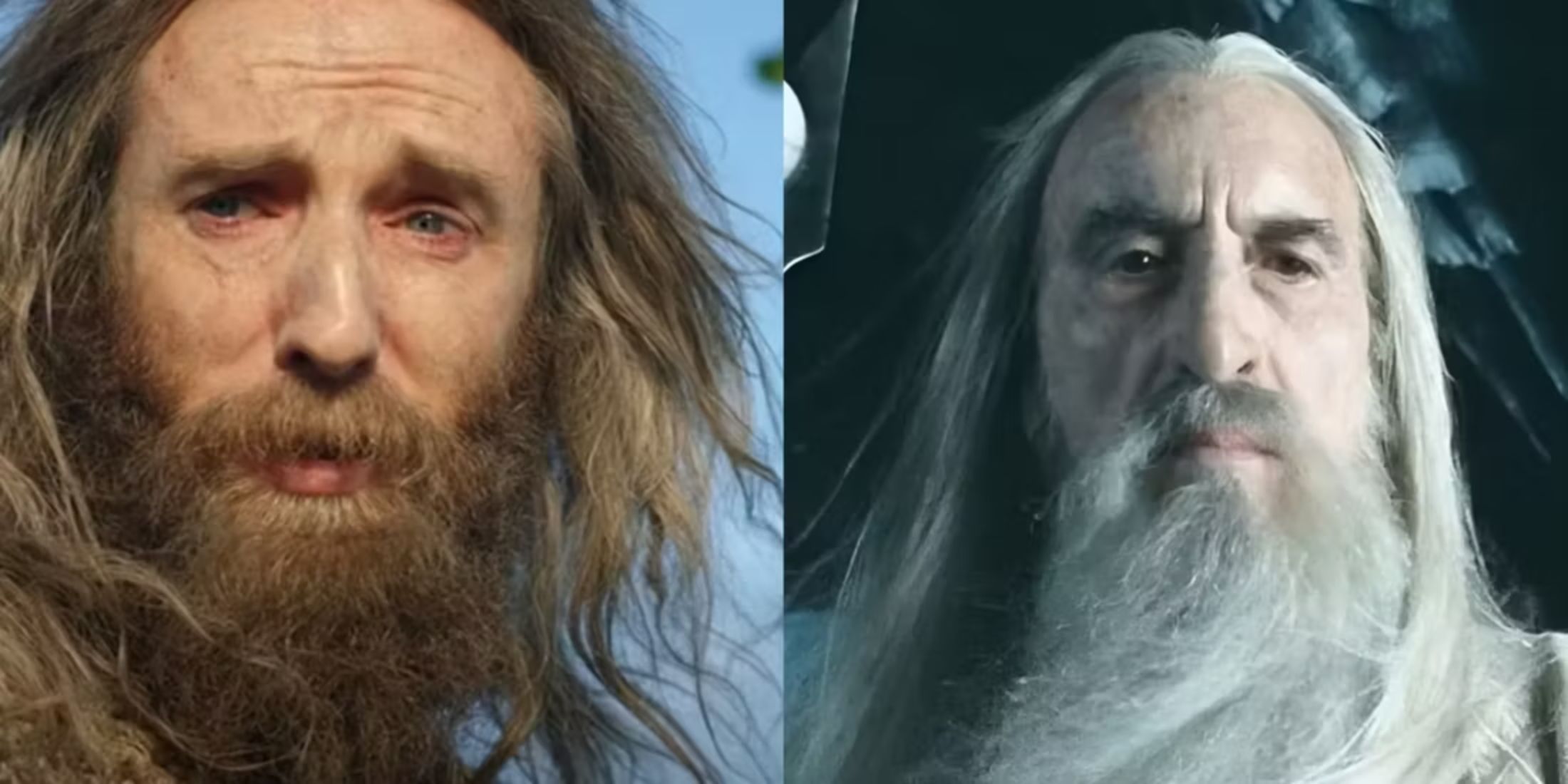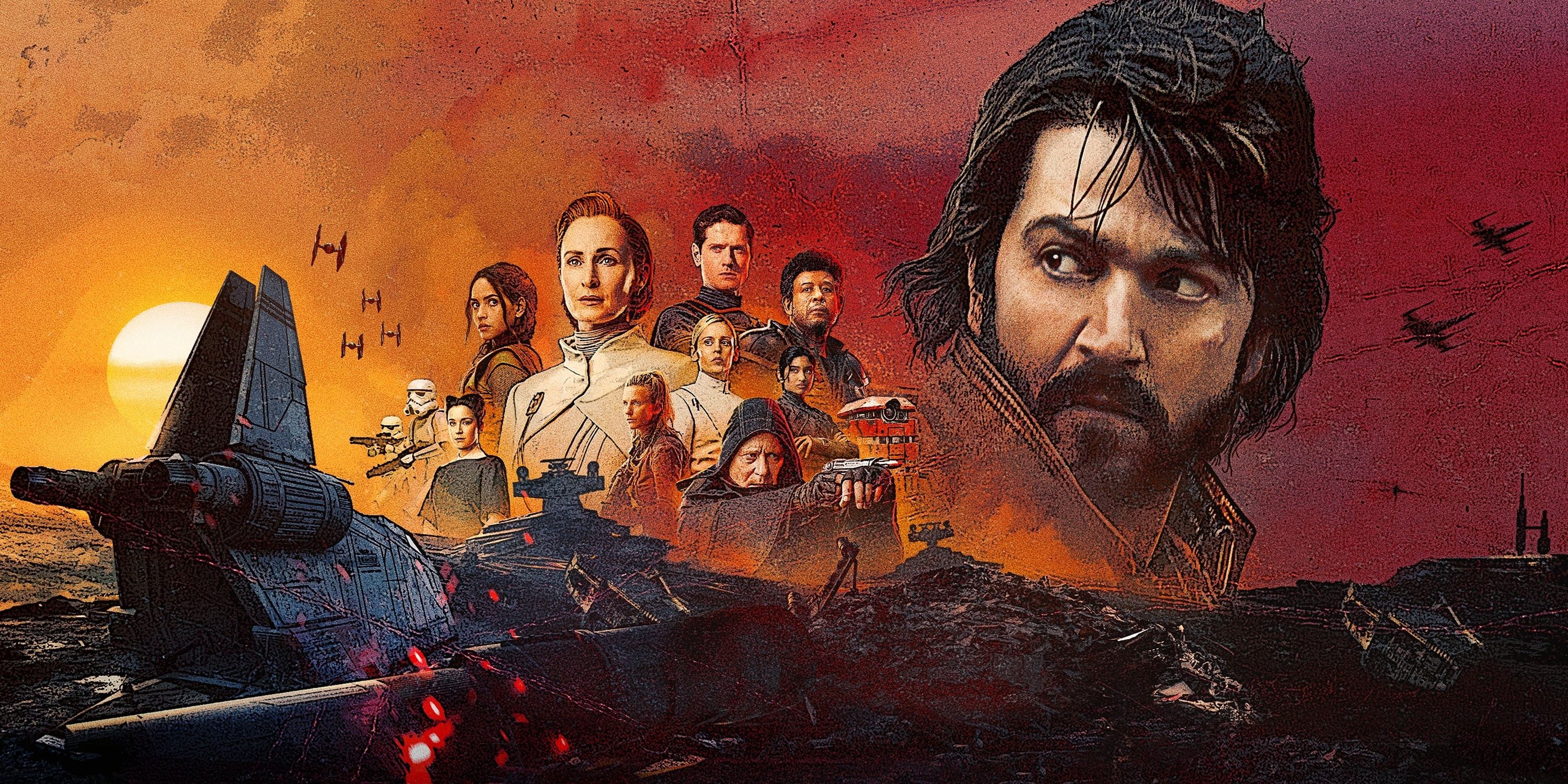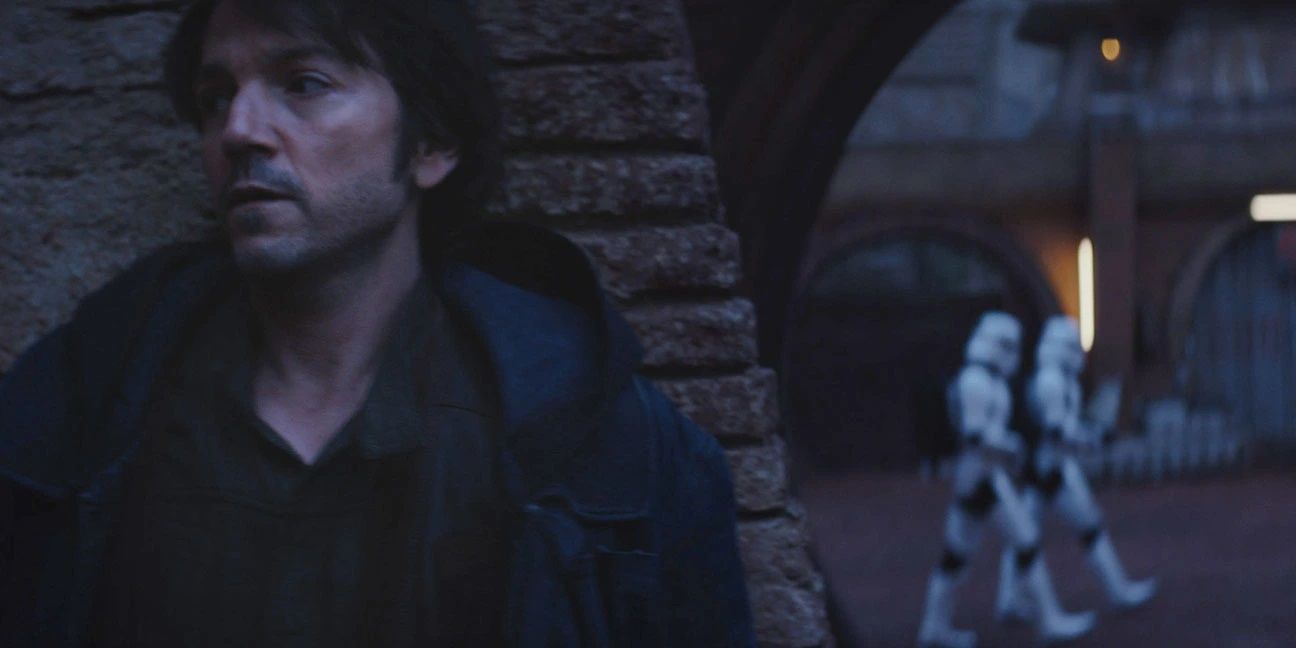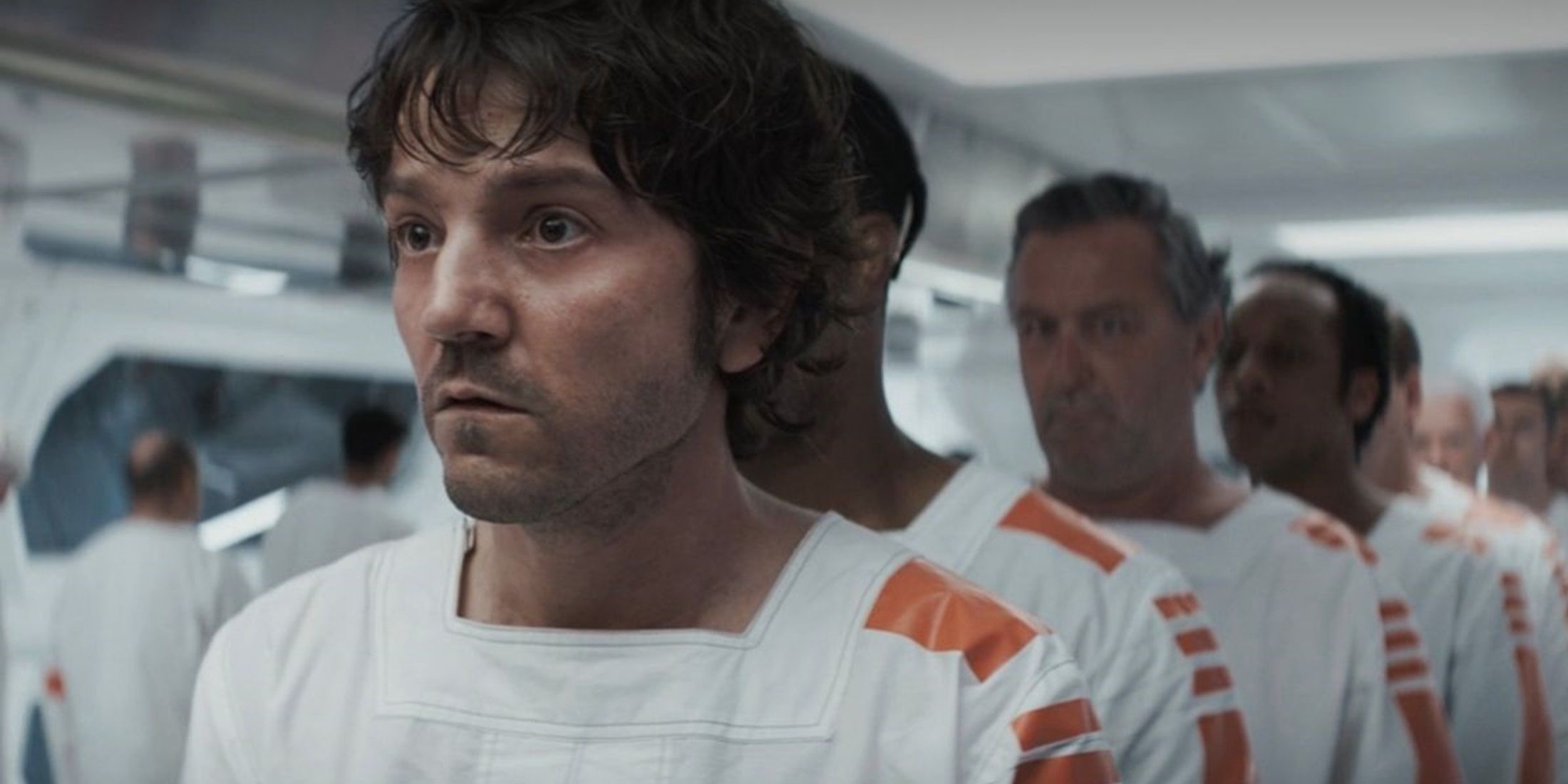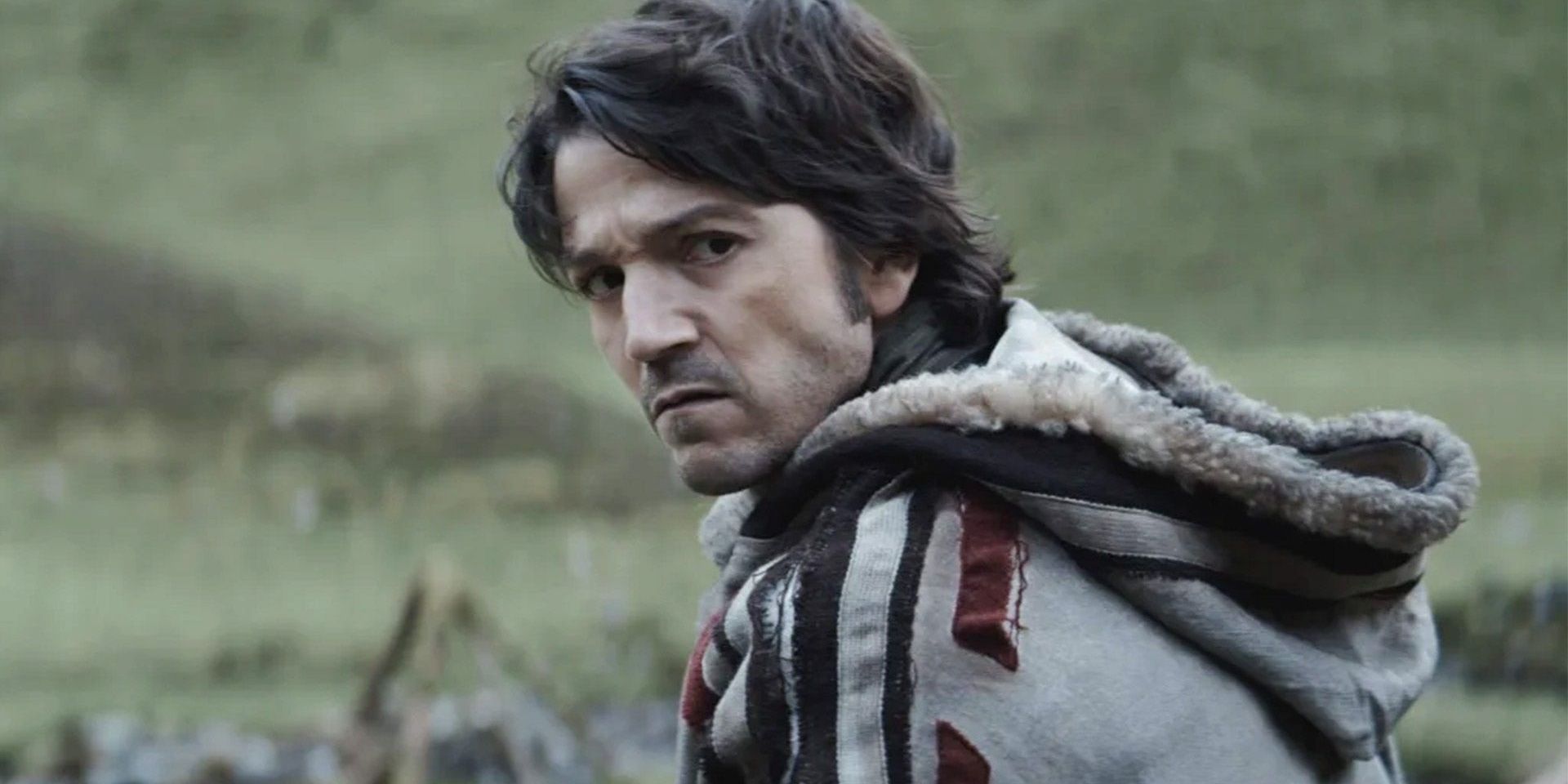Warning! This article contains spoilers for Andor.
Tony Gilroy has delivered a stunning, vibrant, fresh vision of a galaxy far, far away in his new Star Wars series, Andor. The show has been praised for taking the franchise in a bold new direction, with three-dimensional characters, a more nuanced portrayal of the conflict between the Rebellion and the Empire, and a different kind of story than fans have seen before in the Star Wars universe. Andor is also taking an all-new approach to Star Wars, both stylistically and narratively, by drawing on all-new influences. Star Wars stories are typically influenced by samurai films, westerns, and other space fantasies, but Andor is drawing influence from spy thrillers, political dramas, prison movies, and, most importantly, real-life history.
George Lucas has always worn his influences on his sleeve. The basic narrative structure of the original Star Wars movie – a wise old warrior joins a ragtag band of heroes to save a kidnapped princess from an evil force, all told through the eyes of two slaves/droids – was taken from Akira Kurosawa’s 1958 jidaigeki masterpiece The Hidden Fortress. The pulpy storytelling, opening text crawl, and cosmic battle between good and evil were drawn from sci-fi serials like Flash Gordon. Roguish gunslinger Han Solo and the wretched hive of scum and villainy where Luke and Obi-Wan find him were ripped straight from the reels of classic westerns.
When Jon Favreau created The Mandalorian for Disney+ (and effectively saved the Star Wars franchise from extinction), he stuck to Lucas’ original reference points, but explored new storylines and archetypes from those source genres. Like Boba Fett before him, Mando is an ice-cool, bounty-hunting spaghetti western antihero in the mold of Clint Eastwood’s “Man with No Name” character, but the central dynamic of a world-weary warrior taking a young ward under his wing is cribbed from the iconic Lone Wolf and Cub series. This formula has since been done to death in Star Wars media, replicated in The Bad Batch’s Omega storyline and Obi-Wan Kenobi’s Leia storyline. The latter series drew heavily from other samurai films, too, using the setup of a grizzled Obi-Wan who had renounced the Jedi way and gone into hiding to explore the “ronin” trope from samurai cinema.
But with Andor, Gilroy has left behind the influence of westerns, samurai movies, and even other science fiction stories. It’s a relatively grounded spy thriller whose street-level action, practical effects, and immersive handheld camerawork have more in common with Gilroy’s work on the Bourne franchise. The Bourne movies reinvigorated the spy genre with a dose of gritty realism, and forced the James Bond team to up their game with Casino Royale. In an interview with Total Film, Gilroy compared the ground-level espionage of the Bourne films to Andor: “We are on the ground with these people, so that everything that we do has an intimacy and an acoustic nature to it within the grandeur of Star Wars.”
When Lucas introduced Coruscant in the prequel trilogy, the capital city-planet of a thriving democracy was designed to look like the futuristic Los Angeles seen in Blade Runner. But Andor doesn’t just borrow its neon sheen from the Ridley Scott sci-fi noir classic; it also delves into Blade Runner’s themes and attitudes with its nihilistic portrait of a lawless dystopia. Mon Mothma’s scenes in the Imperial Senate take a look at the Empire’s oppressive rule through the lens of a behind-the-curtain political drama like Mr. Smith Goes to Washington, as elected officials struggle to make a difference within a corrupt system. With House of Cards showrunner Beau Willimon on the writing staff, Andor is bringing razor-sharp insight to the political impact of Palpatine’s turn from democratic leader to autocratic ruler.
The most action-packed episode of Andor saw Cassian taking part in a daring Imperial heist on the mountainous planet of Aldhani. This whole episode played like a Star Wars version of Mission: Impossible. The series took its time establishing the stakes of the robbery for a couple of episodes before the immensely satisfying payoff of the heist episode. Much like in the Mission: Impossible movies, Andor clearly lays out how the meticulously plotted infiltration and extraction are supposed to go, so that the audience can pinpoint when it all goes horribly wrong.
Throughout its first season, Andor has evoked all kinds of cinematic gems, translating their well-worn tropes to a fantastical setting. Arvel Skeen’s proposal to Cassian to make off with the loot from the heist and split it 50/50 recalls the greed and paranoia of Humphrey Bogart’s Fred C. Dobbs in The Treasure of the Sierra Madre. Cassian’s bleak wrongful imprisonment at a high-tech Imperial work camp, sustained only by the camaraderie he shares with his fellow inmates, harks back to every classic prison movie from Papillon to Cool Hand Luke to The Great Escape.
Most importantly, Andor is taking influence from real-life history and recontextualizing familiar stories from the past into the framework of a galaxy far, far away. Lucas has always taken inspiration from the annals of history to tell Star Wars stories, but he tended to draw from specific historical wells for a given plot point or character arc. The struggle between the Rebels and the Empire was conceived as a parallel to the Vietnam War, with the Imperial machine taking the place of the U.S. government and the Rebellion’s plucky freedom fighters taking the place of the Viet Cong.
The Stormtroopers were named after the German soldiers from World War I. Lucas took influence from Leni Riefenstahl’s Nazi propaganda films for the ominous framing of the masses of subservient Stormtroopers marching at their rallies. The space battles are inspired by the dogfights from both World Wars. The Jedi Council was modelled after the Knights Templar. The fall of the Galactic Republic was modelled after the fall of Rome. The Great Jedi Purge was modelled after the Night of the Long Knives. The Death Star was based on Cold War-era W.M.D.s. Emperor Palpatine was inspired by real-world dictators and political figures ranging from Julius Caesar to Napoleon Bonaparte to Adolf Hitler to Richard Nixon.
But Andor isn’t based on any one specific historical event; it draws from every era of history. Diego Luna told IGN, “This is the story of how a revolution starts. What forces you to be willing to sacrifice everything? That’s the story we’re telling here: the story of a refugee who is forced to reinvent his reality.” Throughout human history, there have always been powermongers like the Emperor, and there have always been revolutionaries like Cassian Andor willing to get their hands dirty in order to topple their regime. Andor uses the escapist world of Star Wars to tell a deeply human story about the little people who stand up to oppressive tyrants.


